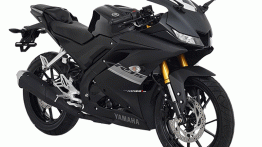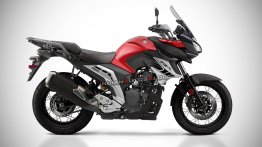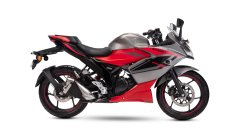India Yamaha Motor would soon update its product portfolio with the launch of the new MT-15.
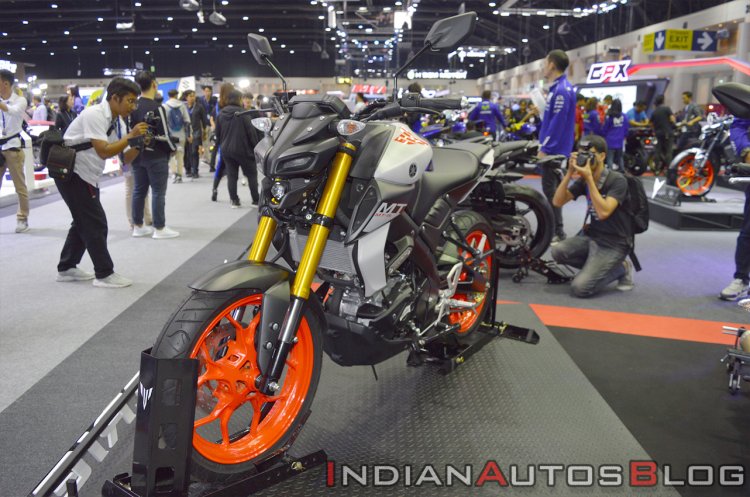
Also read: Yamaha FZS-FI V3.0 ABS makes its YouTube debut [Video]
IAB contacted dealerships and those in Pune and Mumbai denied the beginning of bookings for the MT-15 while one outlet said when official reservations commence, the minimum token amount would be INR 5,000. The on-road prices, as suggested by the dealers we spoke to, could come in the INR 1.60-1.70 lakh range (on-road). The motorcycle is yet to arrive at the dealership.
The motorcycle was spotted testing on a couple of occasions in the past. More recently, leaked presentation images from a dealer meet revealed that the 2019 Yamaha MT-15 is ‘coming soon’ to India. India Yamaha Motor has remained tight-lipped but the MT-15 should arrive in the coming months.
To give you a quick recap, the MT-15 is the naked roadster version of the Yamaha YZF-R15 V3.0. Similar to the YZF-R15 V3.0, the India-spec MT-15 will receive a few tweaks to keep the costs low and prices competitive. Thus, India bound MT-15 will feature conventional telescopic front forks instead of upside down units and a different set of 17-inch alloy wheels.
However, the India-spec naked roadster will have those only two compromises. The India-spec model will continue to use the new bug-eyed LED headlamp, full-digital instrument console, muscular fuel tank with extended tank scoops and a lowered tail section. Shock absorption tasks at the rear would be performed by a monoshock at the back. The motorcycle, similar to the YZF-R15 V3.0, will be built around the famed Deltabox frame.
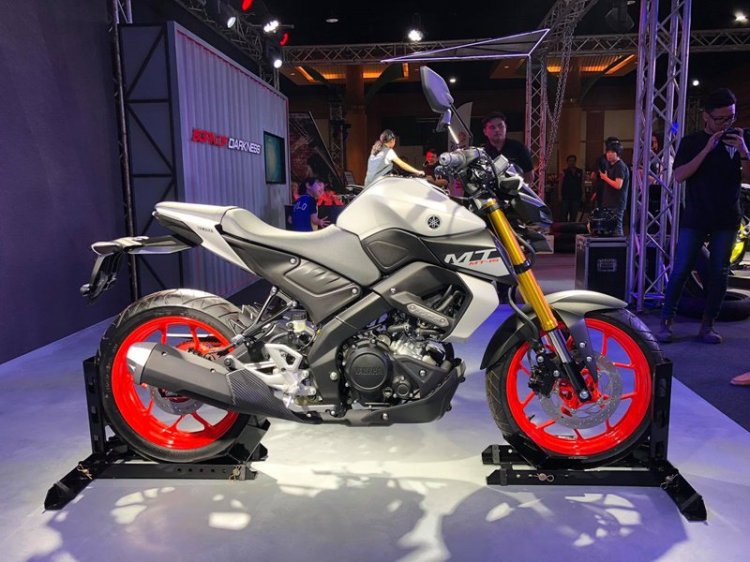
Also read: Will the 2019 Yamaha YZF-R3 go through a heavy localization program?
Mechanical specifications would be borrowed from the YZF-R15 V3.0, and the MT-15 will use the 155 cc 4-valve, SOHC, liquid-cooled motor with VVA (variable valve actuation) that produces 19.1 PS of power and 14.8 Nm of peak torque. The engine is coupled with a slipper-clutch assisted 6-speed gearbox. Stopping power will come from disc brakes on both ends while the safety net of dual-channel ABS will come as standard.











